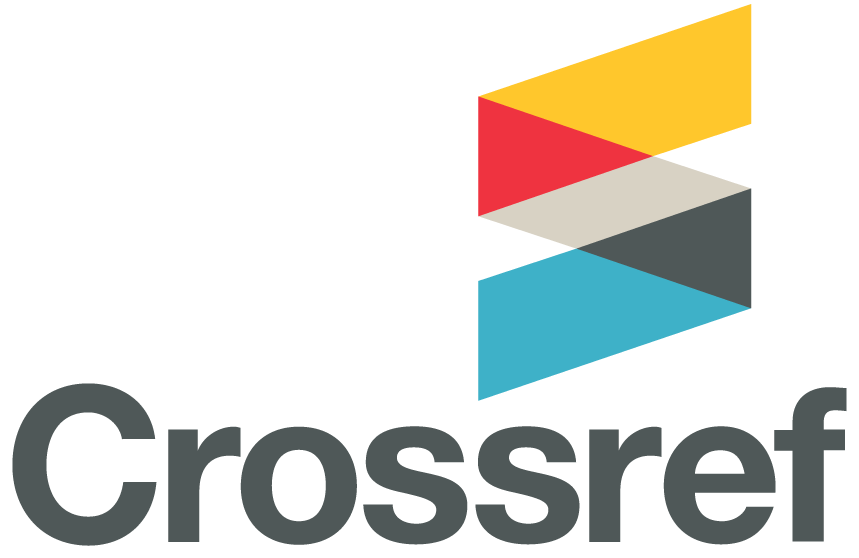Prevalence of dental anxiety in relation to sociodemographic factors using two psychometric scales in Baghdad
DOI:
https://doi.org/10.32828/mdj.v14i1.753Keywords:
Keywords: Anxiety, age, gender, educational level, Modified dental anxiety scale, Dental fear survey scale.Abstract
Background: In spite of advances in dentistry, anxiety about dental treatment and the
fear of pain remains public health problem and is a significant impediment to
dental treatment. The purpose of this study was to assess the levels of dental
anxiety in patients who referred to Al-Mustansiriyah dental clinics and Al-Shiekh
Omar specialized dental center in Baghdad and their relation to their gender, age,
educational level.
Materials and methods: The study was done on (800) patients, aged (20-59) years in
Baghdad. The survey form was prepared and translated from English to Arabic
languages by certified translator and were filled by patients themselves without
any help from dentists. Patients with mental retarded, those who not having
completed the survey form and those below 20 years and above 59 years were
excluded. The survey was divided into 3 parts (socio-demographic information,
Modified dental anxiety scale (MDAS) and Dental fear survey (DFS).
Results: The present study showed that females had higher anxiety (13.57, 47.38)
than males (8.98, 37.75) for Modified dental anxiety scale and Dental fear survey
respectively. The anxiety decreased with advance of age (12.31, 11.41, 10.89,
10.45 for Modified dental anxiety scale and 43.10, 41.22, 38.69, 37.93 for Dental
fear survey) in groups (1,2,3,4) respectively. The anxiety decreased with advance
of teaching, so the uneducated patients had higher mean of anxiety (14.45, 48.59)
while the postgraduate patients had lower anxiety (9.10, 36.30) for Modified
dental anxiety scale and Dental fear survey respectively than others. There was
high significant difference between males and females at P-value (≤ 0.01) for both
Modified dental anxiety scale and Dental fear survey scales.
Analysis of variance (ANOVA) test showed high significant difference among age
groups and among education level groups at P-value (≤ 0.01) for both Modified
dental anxiety scale and Dental fear survey scales. The higher percentage of
anxiety scales was appeared in minimal anxiety score in males (56%, 48%) in
Modified dental anxiety scale and Dental fear survey respectively, while lessor
percentage was appeared in very high anxiety score in males (5.1%, 5.5%) in
Modified dental anxiety scale and Dental fear survey respectively. Pearson's
correlation coefficient (R) showed that there was a positive relationship between
gender and anxiety scales, with statistically high significant at P-value (≤ 0.01).
While, there was inverse relationship between age and anxiety scales, and between education and anxiety scales with statistically high significant at P-value (≤ 0.01)
for both relations.
Conclusion: The females had higher rate of anxiety than males. The anxiety
decreased with advance of age and education level of patients. There was a strong
(positive) relationship between gender and anxiety. While, there was inverse
(negative) relationship between anxiety with age and education.









